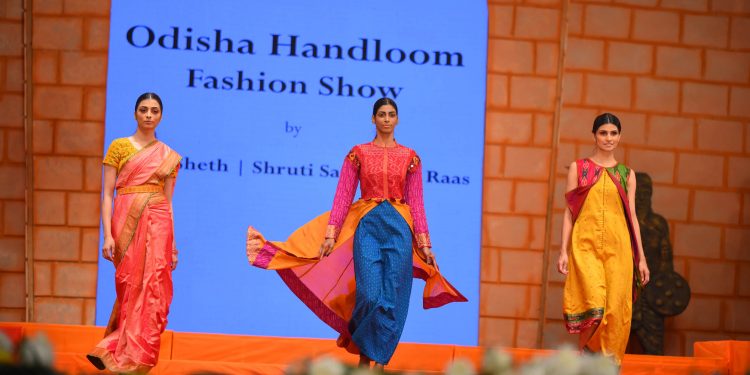Arindam Ganguly, OP
It is well known that fashion is a multibillion dollar industry. Now, Odisha is slowly developing into a fashion hub with many fashion events being organised here. In fact, several fashion designers from Odisha have showcased their designs at the national and international levels such as India Fashion Week and Lakme Fashion Week. Importantly, they are promoting talent in the handloom industry on a world platform. Orissa POST talked to a few such fashion designers
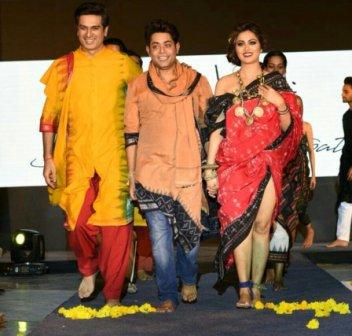
Fashion designer of Bigg Boss fame Sabyasachi Satpathy said Odisha has huge potential because its fabrics have been creating ripples in the markets of India and abroad. Whether it is Sambalpuri, Berhampuri, Bomkai or tribal sarees and drapes, fashions of Odisha were not represented properly earlier, but now a new wave of designers such as Bibhu Mohapatra , Pritam Panda, Pankaja Sethi and others have gone international and found a place for Odisha on the global fashion map.
He said that fashion institutes such as NIFT have played an important role with the help of a new pool of fashion talents, who are eager to join the industry. Such talents must be trained well so that they can achieve recognition, he added.
Sabyasachi has been focusing on Odisha’s tribal fabrics like Kotpad Dongaria and Soura besides using Sambalpuri in some designs. He recently launch his collection based on tribal fabrics at the Navi Mumbai Fashion Week.
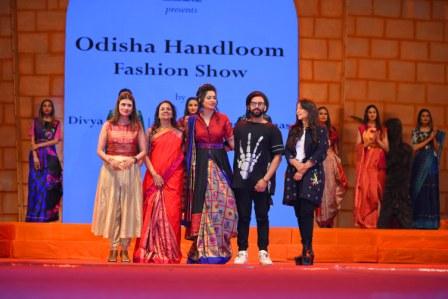
Designer Pritam Panda, currently based in Paris, has created styles for celebrity clients like Jennifer Lopez and Dominique Hourany. He recently staged a fashion show in New Delhi at Odisha Parba along with Rashmi Mohapatra with whom he has established ‘RAAS’ to develop the Odisha handloom industry and promote Odisha weavers internationally.
Talking to Orissa POST, Pritam said that the Odisha fashion scenario is still at a nascent stage compared to some other states. But in recent times more and more fashion shows and fashion tours such as the Bhubaneswar Fashion Week are being organised.
“The fashion business is not very dominant in the state, but it is set to grow and I am sure things will get better and bigger this decade,” Pritam said. “Odisha has its own industries with their special quality and we need to promote that globally.”
Brain drain is a problem, he admitted. “Personally, I don’t see many good designers staying in the city, probably due to lack of resources. Then, our entertainment industry isn’t that big to compete in the fashion world. The lack of quality buyers in the state is another cause of concern,” he added.
There is no point in comparing Odisha with other states at this point, Pritam said. “We should keep competing as before. When we talk of fashion, it’s not just to do with shows and entertainment. It’s a hardcore business. If designers in Odisha try, they can get the best from their sources. We must show more creativity in the designs if we want to be in competition. The support of the textile and culture department of the government is necessary for growth. The fashion sense of the people needs to grow. We must be open minded in accepting new designs. People don’t want to wear traditional, but I believe a mix of traditional and modern designs can create a heaven of designs.”
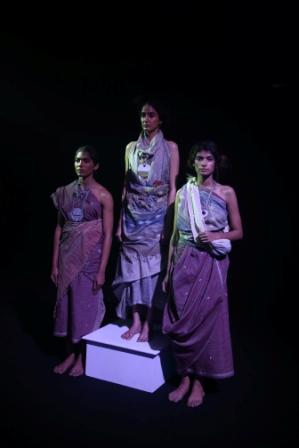
Designer Pankaja Sethi, whose tribal weave collection was appreciated at the Lakme Fashion Week, said fashion is what you create and what makes you comfortable and becomes part of your identity.
Pankaja, a post-graduate from NIFT, New Delhi, presented Adivasi designs with silhouetted sketches representing rural Orissa at a show of her brand, Pankaja. In her show, she presented Orissa’s traditionally woven textiles. Models attired in saris with organic natural dyes and easy to breathe blouses walked the ramp. In Odisha, handloom is appreciated by people who take pride in wearing it, she said. There is a lot of scope and demand for Odisha weaves at the national and international levels. People who love traditional textiles and vibrancy of colours cannot resist Odisha handloom.
Spelling out some of the challenges faced by the handloom industry, Pankaja said that the penetration of synthetic and glossy material locally available in the market is affecting the handloom industry. Cotton and silk are becoming dear. There is a limitation of colour in handloom and a lot of experimentation is yet to be done. It takes time to implement new ideas at the grassroots level to create something for the current context, she said.
Looking to the future, Pankaja said simplification of patterns and interesting styling can help the handloom industry to a great extent.
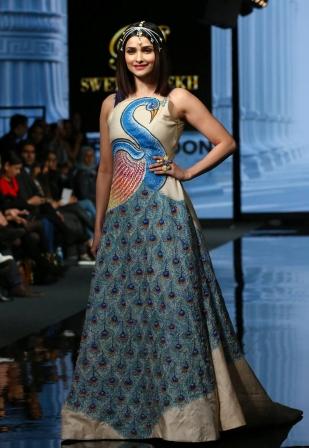
Sweta Parekh, known for her fashion house Dolliz Kasba, recently showed pattachitra designs on dresses at the Indian Fashion Week London (IFWL). Actress Prachi Desai walked the ramp wearing Sweta’s creations during the show. Sweta drew accolades for experimenting with pattachitra designs on fabrics. Pattachitra designs are popular internationally, she said. There is a need for fashionable clothes for all occasions, from weddings to casual parties. Instead of buying branded outfits, we must insist on clothes designed in Odisha which will also help local weavers and fashion to grow, she added.

